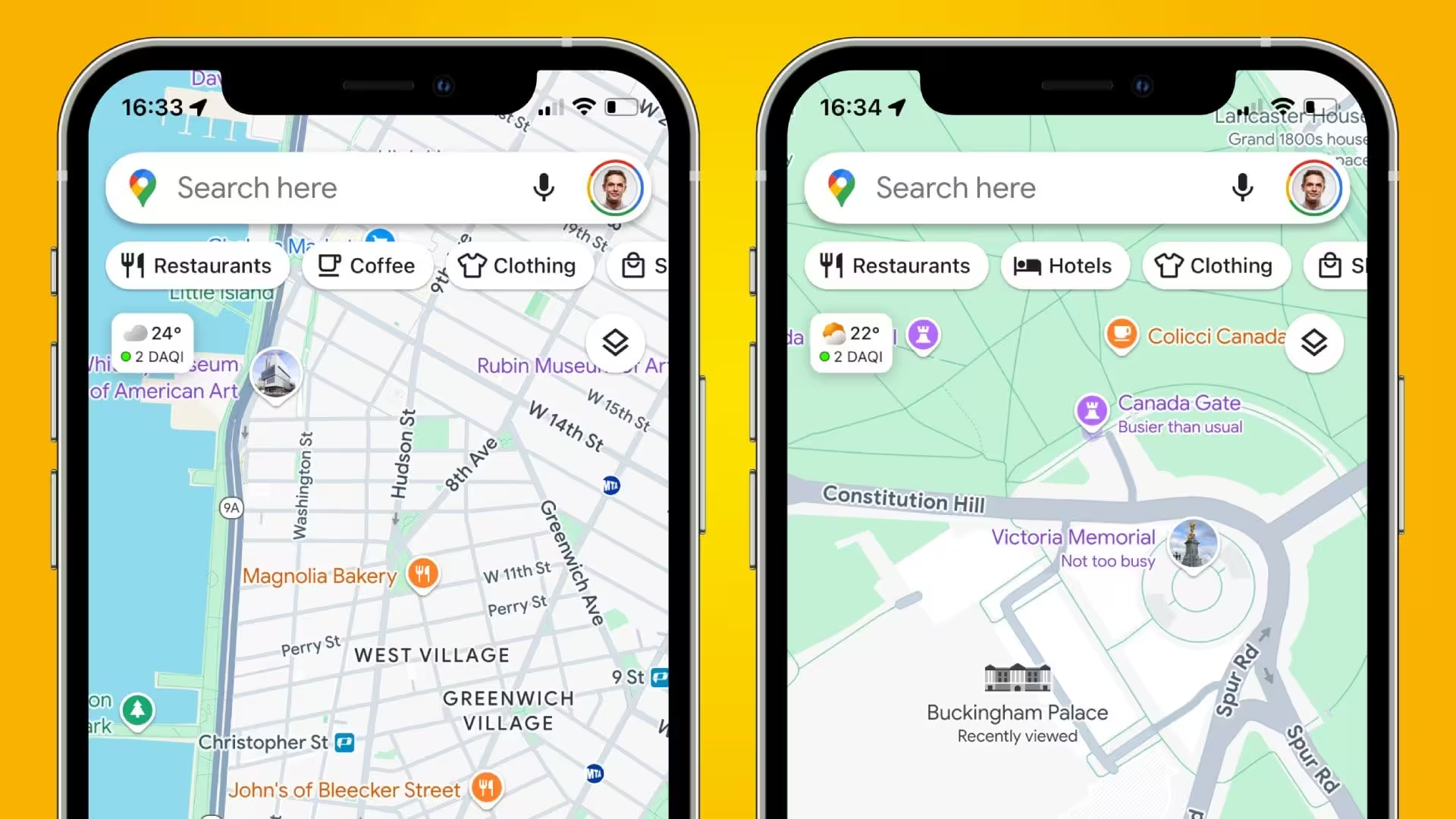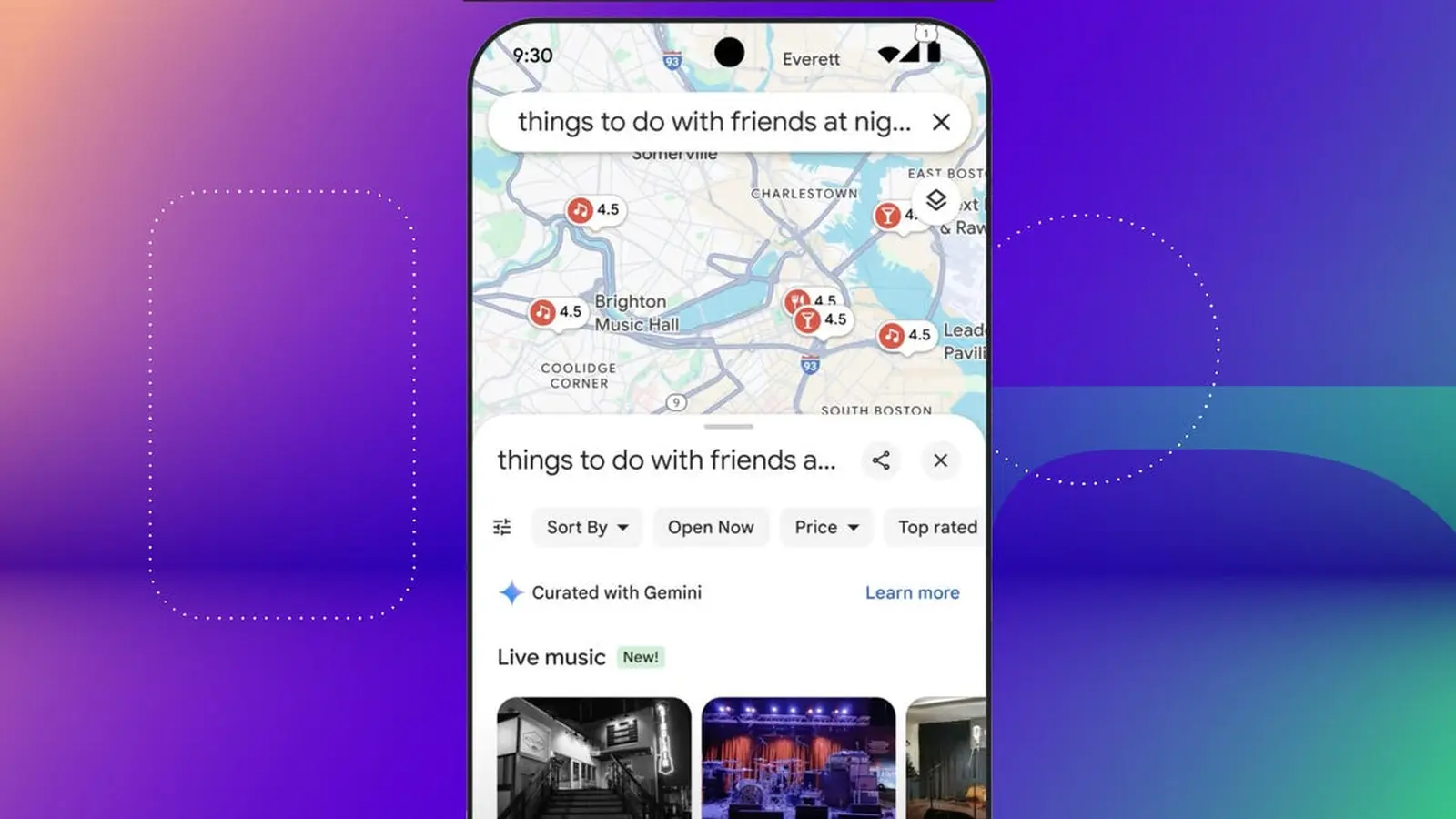4 Minutes
Google is integrating Gemini into Google Maps, turning navigation into a conversational, hands-free experience. The update promises a more natural way to ask for directions, report incidents, and identify places — all while you keep your eyes on the road.
A smarter co‑pilot for every drive
Imagine having a well-informed friend in the passenger seat who can answer questions, adjust plans, and handle tasks without you touching the screen. That is how Google describes Gemini in Maps: a voice-first assistant that accepts multi-step queries, adds events to your Google Calendar, and lets you report traffic incidents with simple voice commands.
It sounds convenient. It also raises the same concern we've heard about chatty AI before — accuracy. Google emphasizes Gemini's capabilities but hasn't fully addressed how it will verify facts in real time. For now, treat its suggestions as helpful guidance rather than unquestionable truth.
Landmark-based directions: follow real-world cues
Directions are getting an upgrade too. Instead of pure street names and junction numbers, Gemini-powered navigation will use recognizable landmarks — think "turn right after the Thai Siam restaurant" — and those landmarks will be highlighted on the map as you approach. That makes following directions feel more intuitive, especially in busy urban areas where signage and intersections can be confusing.
This landmark navigation is rolling out now across Android and iOS in the United States.

Proactive alerts and standstill traffic notices
Even when you’re not actively navigating, Maps will start giving proactive alerts about standstill traffic and disruptions ahead. These proactive notifications aim to save you time and headaches by nudging you to reroute before you hit a jam. Google says these alerts are rolling out now on Android in the US.
Point, identify, ask: Lens meets conversational AI
Google is also blending Lens with Gemini inside Maps. Tap the camera icon in the search bar, hold up your phone to scan the street, and Maps will identify restaurants, cafes, shops, or landmarks in your view. When pins appear, you can tap the mic and ask follow-up questions about each place as if chatting with a local — for example, asking about opening hours, menu highlights, or whether a spot is kid-friendly.
The company credits this functionality to a combination of Gemini's conversational skills and Google Maps' deep knowledge of places worldwide. That new Lens feature will roll out gradually later this month on Android and iOS in the US.
What to expect and how to prepare
- Hands-free conversational driving and multi-step voice queries: coming in the next few weeks to Android and iOS.
- Landmark-based directions with map highlights: rolling out now in the US on Android and iOS.
- Proactive standstill traffic alerts: rolling out now on Android in the US.
- Lens-powered place identification plus voice follow-ups: gradually rolling out later this month on Android and iOS in the US.
If you rely on Google Maps daily, these updates aim to reduce friction and make navigation feel more conversational and context-aware. But as with any AI feature, balance convenience with caution: double-check important details, especially for navigation decisions where safety matters.
Source: gsmarena


Leave a Comment